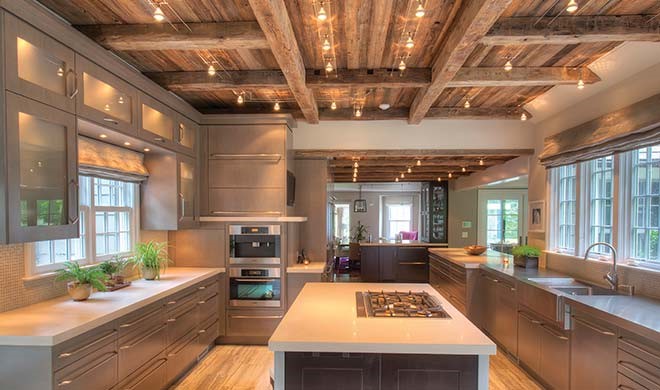The recent trend of integrating the latest technologies into our homes has manifested directly into home automation systems. This involves connecting various devices and appliances in our home with an intelligent control system which can be easily accessed by your smartphone or a remote. This kind of a system provides some interesting benefits when you pair lighting systems with it. Let us take a closer look at the advantages of home automation systems for residential lighting.
 Convenience
Convenience
This is one of the foremost reason for getting a home automation setup in your home. A web of connected appliances and devices all accessible at the touch can reduce the number of actions that you need to take. For example, you can set specific lights to turn on at a specific time in the evening so you don’t have to worry about turning them on. The lights can also be programmed to automatically turn off after bedtime. Similarly, you can program one button on the control panel to turn on your television and music system, lower the blinds and dim the lights to put the room in home theatre mode. Instead of performing many actions, you need to just press one button. Another way of increasing convenience is by installing motion sensor activated lights. This also increases safety as such motion activated lights near staircases will prevent misstep and also eliminate the need to fumble in the dark for the light switch. Another way of using automated light is to automatically turn on all the lights of the home when you return home by having the system automatically detect when your phone is near the home.
Energy savings
As electrical appliances use better and better technology, the traditional appliances associated with higher energy consumption have a reducing energy footprint. The energy footprint of lighting systems remains the same, and in some cases, increases as people use fancier lighting systems. The use of LEDs to replace traditional fluorescent lamps and incandescent bulbs helps reduce the consumption, but still turning the lights off when not in use can have a more significant impact. The methods described in the previous section which turn off the lights when not in use are not just convenient, they also help save energy.

